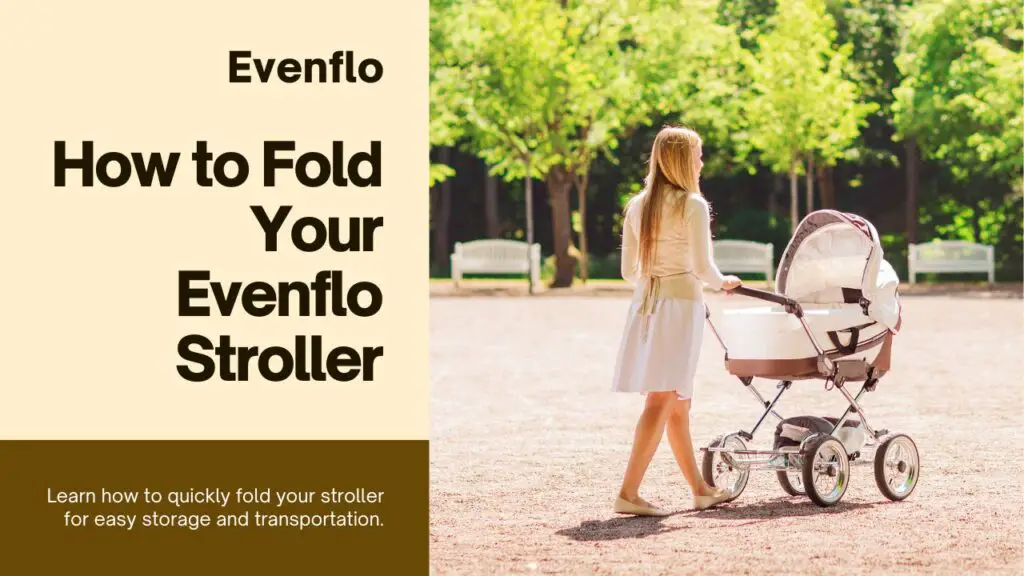Examining the Evidence: Does Vibration Help Prevent SIDS?
Sudden Infant Death Syndrome (SIDS) is a perplexing and heartbreaking phenomenon, and researchers have tirelessly explored various methods to reduce its occurrence. One such method that has garnered attention is vibration therapy.Currently, there is no definitive scientific evidence to suggest that vibration therapy can directly prevent SIDS. While it can aid in better sleep, which is crucial for overall infant health, it’s not recognized as a Sudden Infant Death Syndrome (SIDS) prevention method by major health organizations.. Find facts in this article “Does Vibration Help Prevent SIDS” . Here’s a more detailed explanation:
- Vibration Therapy Overview:Vibration therapy involves the use of devices that gently vibrate a baby’s crib, bassinet, or mattress with the intention of soothing the infant and promoting better sleep. These devices often mimic the rhythmic vibrations babies may experience while being held or rocked by a caregiver.
- Lack of Direct SIDS Prevention Evidence:While vibration therapy can aid in better sleep and comfort for infants, it’s crucial to emphasize that it is not recognized as a specific method for preventing SIDS by major health organizations such as the American Academy of Pediatrics (AAP). SIDS is a multifactorial phenomenon with complex and largely unknown causes. As of now, there is no single intervention or treatment that has been proven to directly prevent SIDS.
- Importance of Safe Sleep Practices:Rather than relying on vibration therapy, experts emphasize the importance of following safe sleep practices, which have been shown to significantly reduce the risk of SIDS. These practices include placing infants on their backs to sleep, using a firm and flat sleep surface, keeping the sleep environment free of soft bedding and objects, and maintaining a smoke-free space.
- Ongoing Research:While vibration therapy may not be a recognized SIDS prevention method, ongoing research in the field of infant sleep and health continues. Researchers explore various factors, including sleep environments, genetics, and infant care practices, to better understand SIDS and develop effective preventive strategies.
- Soothing Benefits:It’s worth noting that vibration therapy may have soothing benefits for some infants. It can help babies fall asleep and stay asleep, which contributes to their overall well-being. However, it should be used cautiously, following manufacturer guidelines and in conjunction with safe sleep practices.
Understanding Sudden Infant Death Syndrome (SIDS)
Sudden Infant Death Syndrome, often referred to as SIDS, is a tragic and unexplained phenomenon in which an apparently healthy infant, typically under the age of one, dies suddenly and unexpectedly during sleep. SIDS is a devastating event for families and a significant concern in the field of pediatric medicine. Here are some key points to further understand this phenomenon:
- Age Group Affected: SIDS primarily affects infants between the ages of one month and one year, with the highest risk occurring between two to four months of age. It is rare for SIDS to occur beyond the first year of life.
- Unexplained Nature: SIDS is described as “unexplained” because, even after a thorough investigation, the exact cause of death cannot be determined. This makes it distinct from other causes of infant mortality, which can often be attributed to specific medical conditions or factors.
- Risk Factors: While the exact cause remains a mystery, researchers have identified several risk factors associated with an increased likelihood of SIDS. These include:
- Sleep Position: Babies placed to sleep on their stomachs or sides are at a higher risk. Experts strongly recommend placing infants on their backs for every sleep time.
- Sleep Environment: The sleep environment plays a critical role. Soft bedding, loose objects, and overcrowded cribs can pose suffocation risks. A firm, flat sleep surface in a safety-approved crib or bassinet is essential.
- Maternal Smoking: Mothers who smoke during pregnancy or expose their infants to secondhand smoke postnatally increase the risk of SIDS.
- Premature Birth or Low Birth Weight: Babies born prematurely or with low birth weight are at a slightly higher risk.
- Family History: Some studies suggest that infants with siblings or close relatives who have experienced SIDS may have a slightly increased risk.
- Prevention: The best-known method to reduce the risk of SIDS is to follow safe sleep practices, such as placing babies on their backs to sleep, using a firm sleep surface, avoiding soft bedding and objects in the crib, and maintaining a smoke-free environment.
- Ongoing Research: The medical and scientific communities continue to study SIDS diligently. Researchers are exploring genetic, environmental, and physiological factors that may contribute to SIDS to develop better preventive measures.
- Grief Support: SIDS can be emotionally devastating for families. Support groups and counseling services are available to help parents and caregivers cope with the loss and find ways to remember their infants.
It’s important to note that while SIDS is a concerning and tragic phenomenon, adhering to recommended safe sleep practices can significantly reduce the risk. Parents and caregivers should stay informed about the latest guidelines and work closely with healthcare professionals to create a safe sleep environment for their infants. Research and awareness efforts continue to advance our understanding of SIDS and improve preventive strategies.
Best Practices for SIDS Prevention
To reduce the risk of Sudden Infant Death Syndrome (SIDS), it’s crucial to follow best practices for safe sleep environments for babies. Here are some expanded guidelines:
- Back to Sleep: Always place your baby on their back to sleep for all sleep times, including naps and overnight sleep. This is the single most important step to reduce the risk of SIDS.
- Use a Firm Sleep Surface: Ensure that your baby sleeps on a firm and flat mattress or crib surface. Avoid soft surfaces like sofas, armchairs, or waterbeds as they can pose suffocation hazards.
- Avoid Soft Objects: Keep the sleep area free of soft bedding, toys, pillows, and bumper pads. These items can increase the risk of suffocation or entrapment. The baby’s crib or bassinet should be bare.
- Use a Safety-Approved Crib: Ensure that the crib or bassinet meets current safety standards and is in good condition. Check for recalls and make sure there are no loose or missing parts.
- Share Room, Not Bed: Experts recommend room-sharing with your baby but not bed-sharing. Place your baby’s crib or bassinet in your bedroom for the first six months to a year, as it has been shown to reduce the risk of SIDS.
- Avoid Overheating: Dress your baby in light, breathable clothing for sleep, and keep the room at a comfortable temperature. Overheating can increase the risk of SIDS.
- Breastfeeding: If possible, breastfeed your baby. Breastfeeding has been associated with a lower risk of SIDS. However, any amount of breastfeeding is beneficial.
- Pacifiers: Consider offering a pacifier at naptime and bedtime. Pacifiers have been shown to reduce the risk of SIDS, but if your baby refuses it, that’s okay.
- Immunizations: Keep your baby up to date with their immunizations. Some studies suggest that being current on vaccinations may lower the risk of SIDS.
- Don’t Smoke During Pregnancy or Around the Baby: Maternal smoking during pregnancy and exposure to secondhand smoke after birth are risk factors for SIDS. Maintain a smoke-free environment.
- Prenatal Care: Seek and follow proper prenatal care during pregnancy, as it contributes to the overall health of your baby.
- Tummy Time: While awake and under supervision, provide your baby with tummy time to help strengthen their neck and upper body muscles. This should be done when the baby is awake and alert, but not during sleep.
- Educate Caregivers: Ensure that anyone who cares for your baby, such as grandparents or babysitters, is aware of and follows these safe sleep guidelines.
Following these best practices for SIDS prevention is essential for the safety and well-being of your baby. It’s important to remember that while these guidelines can significantly reduce the risk, SIDS can’t be completely eliminated, so vigilance and safe sleep practices are crucial.
Conclusion: Balancing Benefits and Risks
Vibration therapy for babies offers several potential benefits, notably in terms of soothing and improving sleep. However, when it comes to preventing SIDS, it’s essential to rely on scientifically backed methods and to use vibration therapy as a complementary tool rather than a standalone solution.
As parents navigate the myriad of options for their baby’s care, it’s vital to stay informed and consult with healthcare professionals when considering new therapies like vibration. By balancing the benefits and understanding the limitations, parents can make informed choices for the well-being of their little ones.


